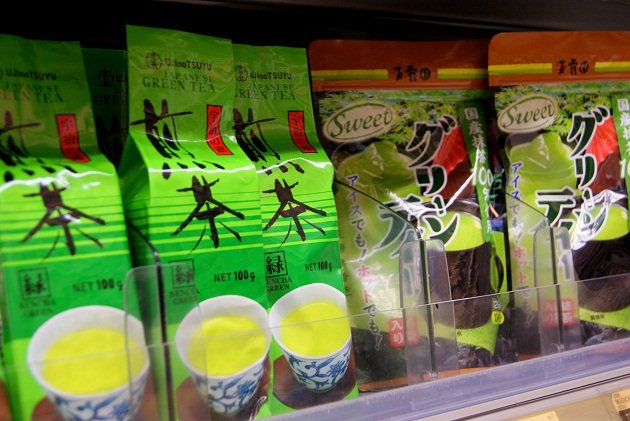
To a Tea: All About Japanese Tea
By Lorraine Koh - Wednesday, Apr 25, 2012
In our “To a Tea” series, we explore fun facts of tea from various countries and we start off with the Land of the Rising Sun. When it comes to tea, Japan seems to be synonymous with green tea (Ryokucha) and it is even referred to as Japanese tea. Junko Hayashi, a Japanese living in Singapore says, “Japanese drink green tea daily, although the younger generation does not drink it as often.”

Japanese green tea has a unique connection to Buddhism
Green tea was first drank in China during the Song Dynasty, and brought to Japan by Myōan Eisai, a Japanese Buddhist priest who also introduced the Rinzai school of Zen Buddhism. Powdered green tea (Matcha) was used in religious rituals in Buddhist monasteries in Japan.
It’s not about the tea in a Japanese Tea Ceremony
A Japanese tea ceremony host is taking care of not only the tea and sweets but the tea utensils, furniture, flowers, a hanging scroll, the tea house and the garden, as to whether they match the tea ceremony and the guests. The essence of the Japanese tea ceremony is not the tea, it is hospitality.
Japanese Green Tea has high amounts of Vitamin C.
Junko remarks, “I am not too sure about Chinese green tea, but Japanese green tea contains vitamin C.” Well, she is not too far from the truth. Gyokuro (a type of green tea) contains the highest amount of vitamin C and is mostly produced in Japan, although small amounts are now produced in China as well.
Gyokuro is considered the highest grade of green tea and besides vitamin C, contains high levels of catechins (a type of antioxidant).

Japanese Green Teas have higher levels of caffeine.
However, despite Gyokuro’s health benefits, it contains a high level of caffeine. It is because Gyokuro and Matcha are shade-grown teas. Shade-grown teas react to the lack of sunlight by increasing their levels of chlorophyll and other chemical compounds like caffeine. So it may not be a good idea to have some Matcha for a nightcap.
Japanese Green Teas has many other uses besides drinking.
Matcha has risen in popularity outside of Japan, and not just as a type of tea. Matcha is used in ice cream, in soba noodles and even a good form of facial mask, facial wash and toner. There are various ways to enjoy this lovely leaf .


